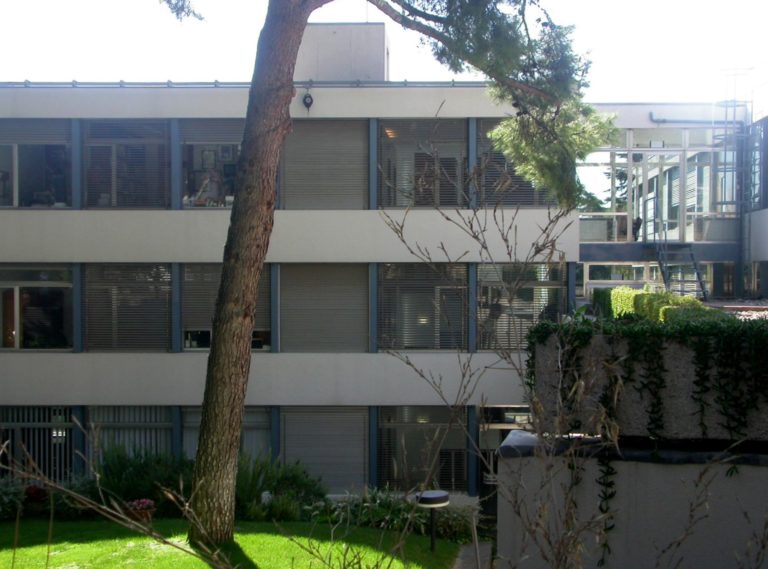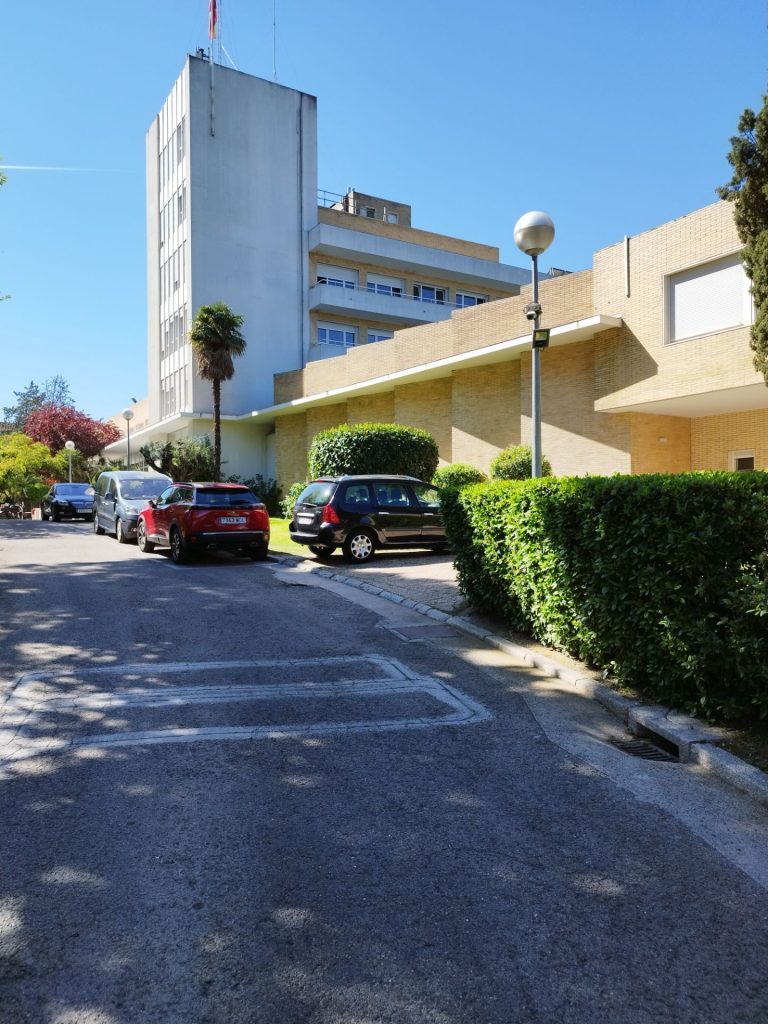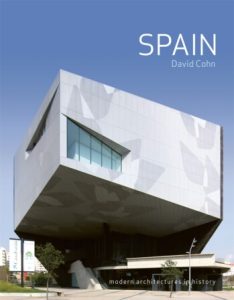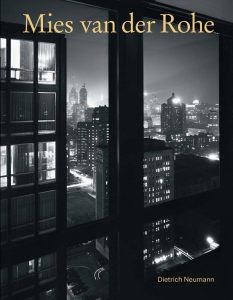Abstract
Buildings bear social and physical thres holds that hold together albeit in constant tension elements that might be conflicting but meaningful to human living. This thesis explores those thresholds and aims to understand their configuration from the close parallel between architecture and narrative. To achieve this, the work of the architect Alvaro Siza Vieira was chosen and three of his most important projects were visited and studied: the Piscinas das Mares in Leça da Palmeira,the Quinta da Malagueira and the lgreja de Santa Maria de Marco de Canaveses . These projects were selected by Siza himself for his essay entitled “Three works of remembrance “, 1998. The theoretical basis of the current work lies on the contributions of the philosophers Mikhail Bakhtin and Paul Ricoeur. Bakhtin’s literary theory and critic provided a distinctive approach to the literary world and in particular to the novel. With the introduction of the chronotope or “determinant of the artistic (space-time) unit of the literary work and its relationship with reality”,Bakhtin contributes to the understanding of the dialogic interrelation between author, characters and storyline, and provides the context in which to study the parallels between the thresholds in Siza’s architecture and the written work of the German writer Johann Wolfgang von Goethe.This thesis demonstrates the dialogic, pedagogical and integrative relationship between Siza’s work and the storyline of its surroundings and the defining aspect of its history and collective memory of its inhabitants . Paul Ricoeur’s hermeneutics and phenomenology of space provide the tools to analyse the deep relationship between Siza’s drawings and manuscripts and the habitation of his buildings. Such analysis is conducted following the prefigurative-creative, configurative-constructive and refigurative-reading stages of the triple mimesis on Ricouer’s hermeneutic circle . This thesis shows that the role played by the author-creator during the preparation and construction of the architectural project is later reflected by the storyline represented and the way the users of the materialised work find an answer to their needs.The poetry of the architectural space and the spatial and temporal inversion come into play as one encounters the characters (users) envisioned by the author-creator during the prefigurative stage of the project. Finally, the social dialogy of the architectural project, widely studied by the architect Josep Muntañola, helps consolidate this parallel between narrative and architecture ,whereby in-between spaces, or places of mediation, also become spaces of high poetic content where culture and geometric forms, history and geography , nature and buildings are knowingly and appropriately interweaved. Such achievement can aiready be appreciated throughout the remarkable work of the renowned architect Alvaro Siza Vieira












